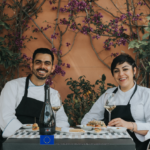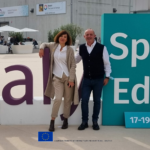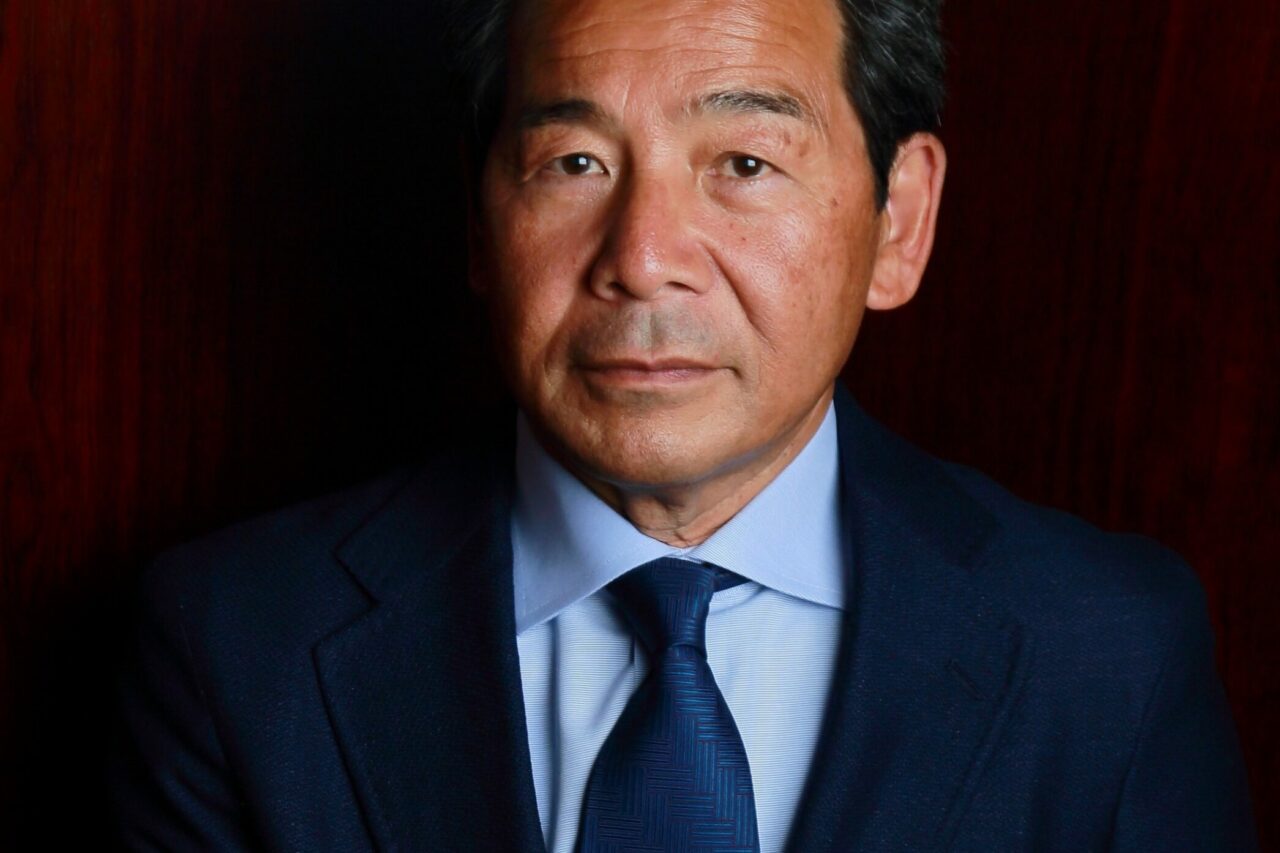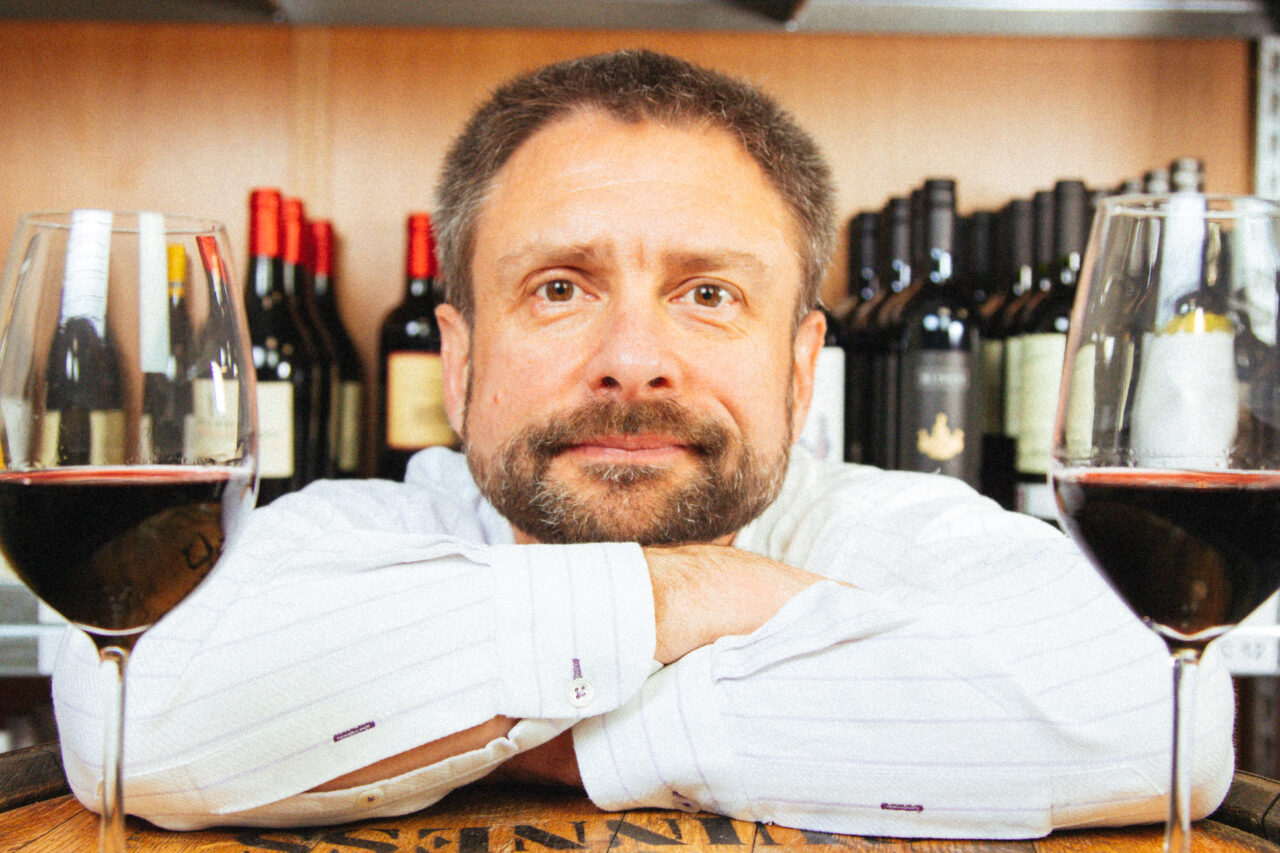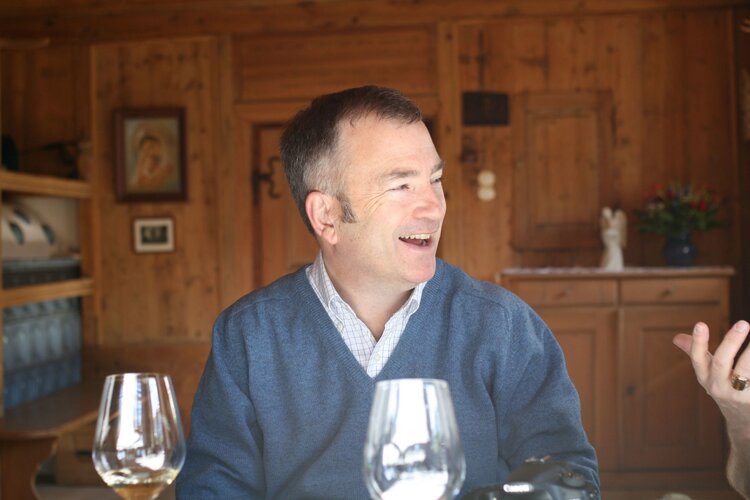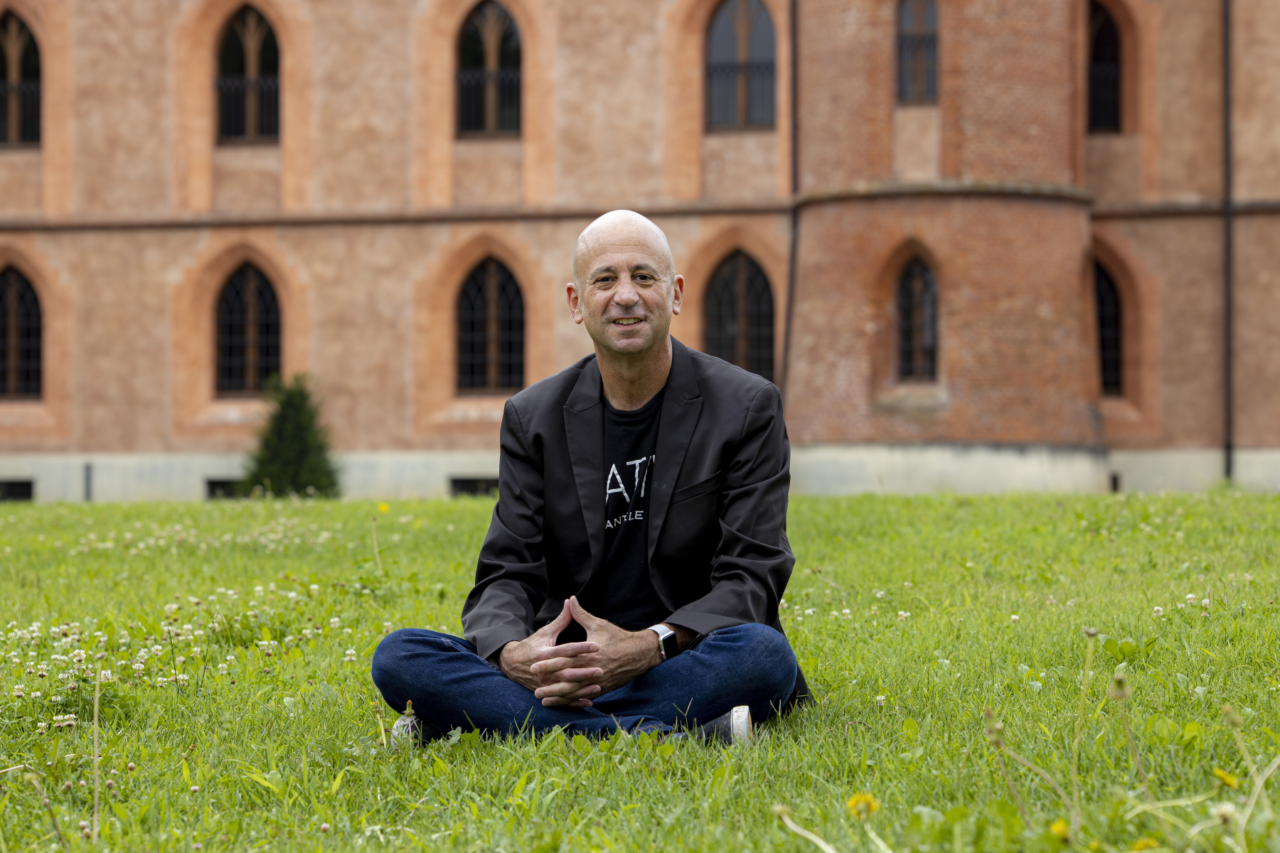Henry Davar reached the top level of the Vinitaly International Academy as expert at his first attempt. Our interviews journey reaches USA, and stops by a friend, a real expert of Italian wine, such as Henry Davar.
Henry is an Italian Wine Educator and sommelier based in New York and Las Vegas. He began his career as the Wine Director at the Batali & Bastianich Hospitality Group, including New York City’s Del Posto where he oversaw the Wine Spectator Grand Award-winning wine list and helped the restaurant earn a four-star review from the NY Times. In April 2017, he became the first candidate to achieve the Expert level in Vinitaly International Academy’s Italian Wine Ambassador certification course on the first try.
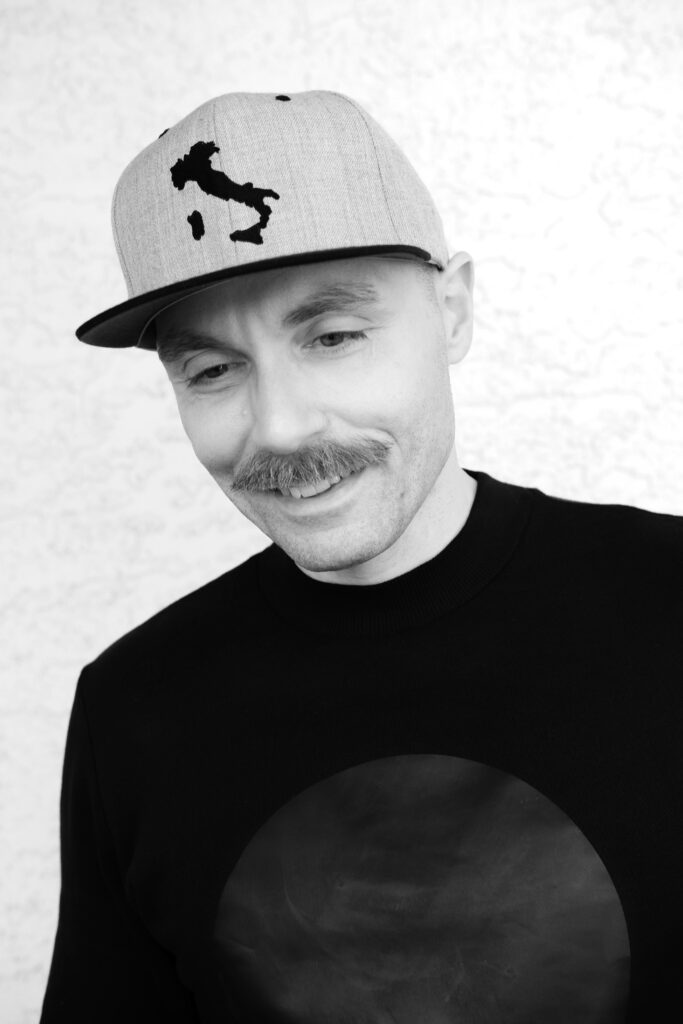
The following year, he joined the VIA (Vinitaly International Academy) Faculty where he supported the development and the expansion of VIA course curriculum – it was premiered in Hong Kong in November 2018. Nowadays, he continues to assist in its ongoing development and implementation. In addition to his teaching duties, his work with Vinitaly International includes serving as Panel Chairman for Five Star Wines and as a lecturer during the annual Vinitaly wine trade fair in Verona.
He is from USA, and he regularly travels to Italy, so we would like to know more about the US market and the Italian wine.
To what point is the Italian wine in the US and what are the most important current trends?
It’s impossible to generalize across the entire US. There’s variability across regions but also across demographics. Certainly, there are larger metropolitan areas that are fully engaged with Italian wine across its full range both inside and outside the traditional Italian restaurant setting. Nevertheless, in any market the success of Italian wine really depends on the influence and outreach by its ambassadors: those importers, distributors, sommeliers, retailers, and educators that proudly carry the flag.
I recently did a tasting in a wine shop in a tiny suburb outside of Boston. The owner of the shop had a tremendous selection of Italian white wines, some of which you might even have trouble finding back in Italy depending on the time of year you visit. But he is a Vinitaly International Academy certified Italian Wine Ambassador. He is passionate about the wines, and he understands how to position them for his clientele. Imagine… Albana, Biancolella, Timorasso… in the burbs!
Regarding trends, I’m happy to see that Italy’s iconic wines are reaching a level of parity with the great wines of the world. My wallet is less happy. But it’s important that Italian wine is no longer playing catch-up. I’m talking specifically about Barolo and Brunello and even the Super Tuscans, but this legitimacy extends more broadly to Italian wine in general. There’s still work to be done. For example, Pinot Grigio is still many consumers’ reference point for Italian white wines. Unfortunately, much of it is made in what Jancis Robinson calls an “anodyne,” or deliberately inoffensive style. Lemon water. The best Italian white wines are so much more than that and they should not be pigeon-holed into the “easy summer quaffer” category. The best bring an aromatic intensity and complexity as well as considerable structure and in some cases age-worthiness that would be surprising. Yes, I’m still talking about the white wines. However, some of the aromas and flavors may be unfamiliar. I think US wine consumers are less comfortable with floral or herbal nuances in wines. But have you ever smelled frangipani in a dry wine? It’s immediately transporting to the south of Italy! You just have to be open to the experience.
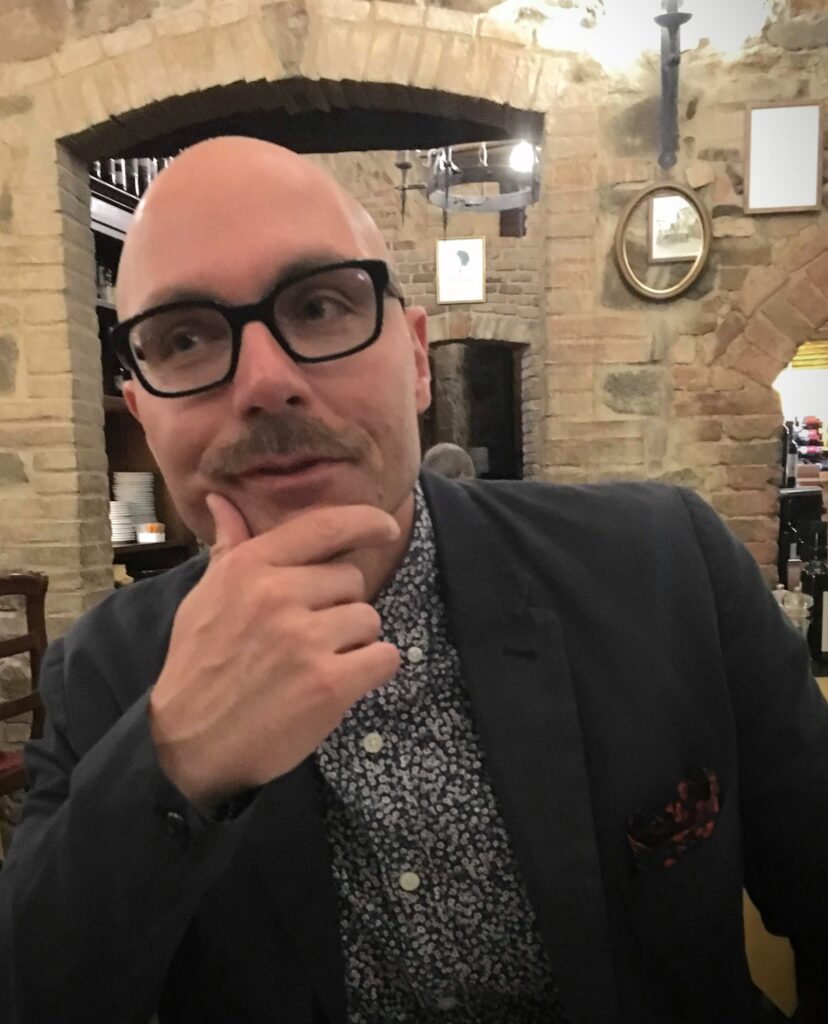
You are an Italian Wine Expert, Henry. How do you think Italian wine should be presented to US consumers? What do you think about the importance and the impact of the Vinitaly Academy in this regard?
Perhaps it might be preferable to speak of “wine from Italy” rather than “Italian wine”. Consider the statement, “We had an Italian wine with dinner last night”. Too often that is the end of the conversation rather than the beginning. I’d like to get wine lovers to be able to continue that conversation. “Well, where in Italy was that wine from?” And maybe, “What grape or grapes was it made from?” And when we get to “Why does it smell and taste that way?” then I’ll have to find a new job because my work is done.
Italian wine “education” – whether we’re talking about formal study or simply an interaction with a customer in a retail store or a restaurant, needs to begin with context. As I implied above, there is not a single Italian wine but a universe of them made from over five hundred grape varieties. I’d begin by taking a step back and giving a bird’s eye view of the landscape. Understanding this diversity is key. It is the foundation on which “Italian wine” rests. Now, that may not necessarily help that customer decide what to drink for dinner tonight, but it does set the scene for future explorations. If it sounds a bit didactic, it might be, but I think the long term rewards are worth it.
At VIA we expand on the bird’s eye view not only by appreciating Italy for the breadth of its geography and wealth of native grapes but for the richness of its history, especially concerning those grapes, appellations, and the iconic producers. Furthermore, we incorporate in depth wine tastings of native varieties to familiarize our students with the distinctive nuances of those grapes. As I mentioned before, we focus on the floral, herbal, salty, spicey aromas and flavors that set apart both the red and white varieties from those wines produced elsewhere in the world. We also focus on texture in our tastings. Some of our native grapes can be rather tannic. Moreover, some grapes may benefit from short skin macerations to coax out more of their inherent aromas. In any case, we identify an archetype for a given variety but as ambassadors we also acknowledge departures from that archetype as a unique selling proposition for any given estate.
What are the opportunities to be known for the wines of Lazio region and its native grapes? What do you think producers should do to approach the US market?
There’s always room for distinctive wines from excellent producers. But please keep in mind that not all wines should seek a “mass market”. First, find the right partner. One that’s not only passionate about your wines but shares your definition of success and is going to hustle to help you achieve it. I’ve been a wine buyer in several markets and I’ve also worked at an importer-distributor. I think the best ones are those that have a focused portfolio and have a reputation as being the reference point for it.
With respect to Lazio, there’s an opportunity to write a new story.
Rome certainly looms large on the US consciousness. Perhaps that’s a necessary starting point for some and a valuable one. But education about Lazio’s native grapes – Bellone, Nero Buono, the Cesaneses, the Malvasias – is also necessary. I think Cincinnato has positioned itself well for success. You’ve adopted a leadership role and are seeking greater visibility through efforts like the collaboration with the Colosseum Archaeological Park project.
You also have a restaurant at the estate that can act as an incubator for gastronomic ideas. I enjoyed reading the pairings on your website. I like that you’ve incorporated more traditional Italian cuisine along with more modern interpretations. Perhaps collaborations with visiting chefs would provide even greater visibility for the region and its wines!
What do you like most about Italy and what do you do/see every time you come to Italy?
I admit that I am all in on the Italian lifestyle. Excellent ingredients, simply prepared, accompanied by local wine, and good friends. My wife is Italian-American and she still has family in Milan and Palermo that we try to see as often as we can. They love to spend time together and always roll out the red carpet. I’d be remiss if I didn’t acknowledge our extended family of winemakers and estates that have been so generous sharing their time and their knowledge over the years. There is always a great deal of warmth and conviviality on our visits. Finally, working in wine has made me a big fan of history and archaeology so we also try to make time to visit historic sites as well as museums on every trip.

